What if the next Indiana Jones isn’t a swashbuckling adventurer with a whip and a fedora but a computer program crunching numbers in a lab? The field of archaeology, long associated with dusty dig sites and painstaking manual labor, is undergoing a seismic shift thanks to artificial intelligence. From deciphering ancient scripts to predicting where undiscovered ruins might lie, AI is becoming the ultimate tool for uncovering humanity’s past. And no, it doesn’t even need a hat.
Renowned researchers like Noam Chomsky, who has explored the intersection of language and cognition, and Yuval Noah Harari, author of Sapiens, have long speculated about how technology could reshape our understanding of history. Even Michio Kaku, the physicist and futurist, has mused about AI’s potential to unlock the mysteries of ancient civilizations. Now, their visions are becoming reality as AI steps into the role of the modern-day archaeologist, sifting through mountains of data to reveal secrets buried for millennia.
But this isn’t just about fancy algorithms and high-tech gadgets. It’s about redefining how we connect with our past. Imagine a world where the lost cities of the Maya or the cryptic symbols of the Indus Valley civilization are no longer shrouded in mystery but brought to life through the power of AI. This is the promise of the AI-archaeologist: a tool that doesn’t just dig but thinks, analyzes, and even predicts.
1. The Data Deluge: Archaeology in the Age of Big Data
1.1 The Explosion of Archaeological Data
Archaeology has always been a data-heavy field, but the sheer volume of information available today is staggering. Thanks to the digitization of historical records, artifacts, and excavation data, we’re swimming in a sea of information. Add to that the terabytes of data generated by satellite imagery, LiDAR scans, and other remote sensing technologies, and you’ve got a data deluge that would make even the most seasoned archaeologist’s head spin.
For example, projects like the Archaeology Data Service at the University of Cambridge are working to preserve and share this wealth of information. But managing and analyzing it manually? Forget it. It’s like trying to find a needle in a haystack the size of a football field. That’s where AI comes in.
1.2 The Role of AI in Data Analysis
AI, particularly machine learning algorithms, excels at spotting patterns in large datasets. Whether it’s identifying trends in ancient trade routes or piecing together fragmented pottery shards, AI can process unstructured data in ways that humans simply can’t. Take, for instance, the work being done by researchers at Stanford University, who are using AI to analyze patterns in ancient settlement distributions. By training algorithms on known data, they’re able to predict where undiscovered sites might lie.
But it’s not just about finding new sites. AI can also help us make sense of the artifacts we already have. For example, a team at University College London is using AI to analyze thousands of pottery fragments, identifying patterns that reveal insights into ancient trade networks and cultural exchanges.
1.3 Ethical Considerations
Of course, with great power comes great responsibility. As we harness AI to uncover the past, we must also consider the ethical implications. How do we balance the need for data accessibility with cultural sensitivity? And how do we ensure that AI tools don’t perpetuate biases in historical interpretation?
For example, some indigenous communities have raised concerns about the use of AI in archaeology, arguing that it could lead to the exploitation of their cultural heritage. It’s a reminder that while AI can be a powerful tool, it must be used with care and respect for the people and cultures it seeks to understand.
2. Decoding the Past: AI and Ancient Languages
2.1 The Challenge of Ancient Scripts
Imagine trying to read a text where half the letters are missing, the words are in a language no one speaks anymore, and the whole thing is written in a script that looks like a toddler’s doodles. That’s the challenge archaeologists face with ancient scripts like Linear A or the Indus Valley script. These scripts have stumped experts for decades, leaving us with more questions than answers. Traditional methods—like comparing symbols to known languages or guessing based on context—are slow, tedious, and often hit dead ends. It’s like trying to solve a crossword puzzle with half the clues missing and no answer key.
2.2 AI-Powered Decipherment
Enter AI, the ultimate puzzle solver. Machine learning algorithms, particularly neural networks, are being trained to recognize patterns in ancient scripts. For example, researchers at the University of Oxford used AI to analyze cuneiform tablets, one of the oldest known writing systems. By feeding the AI thousands of examples of known texts, it learned to predict missing symbols and even translate fragments into modern languages. Similarly, AI has been used to decode Mayan glyphs, shedding light on a civilization that once thrived in Central America.
But AI isn’t just filling in the blanks—it’s uncovering entirely new connections. For instance, a team at MIT developed an algorithm that identified similarities between ancient Greek and Linear B, a script used by the Mycenaean civilization. This breakthrough could pave the way for deciphering other undeciphered scripts, like Linear A. Imagine the stories we could uncover—lost histories, forgotten cultures, and maybe even ancient memes (okay, probably not memes, but you get the idea).
2.3 Challenges and Limitations
Of course, AI isn’t a magic wand. It needs high-quality data to work effectively, and ancient scripts often come in fragments or are poorly preserved. There’s also the risk of overfitting, where the AI becomes too good at recognizing patterns in the training data but struggles with new, unseen texts. And let’s not forget the human element—AI can suggest translations, but it’s up to archaeologists to interpret them in context. After all, an AI might translate a phrase as “the king is wise,” but without cultural context, it could just as easily mean “the king is… really into birdwatching.”
3. Predictive Archaeology: Where to Dig Next
3.1 The Art of Site Prediction
Archaeologists have always been a bit like treasure hunters, except instead of gold, they’re looking for pottery shards and old bones. Traditionally, finding a new site involved a lot of guesswork, historical records, and sheer luck. Ground surveys, aerial photography, and even local legends played a role. But let’s be honest—digging in the wrong spot is not only frustrating but also expensive. It’s like ordering a mystery box online and getting a pair of socks instead of the vintage vinyl you were hoping for.
3.2 AI as a Predictive Tool
AI is changing the game by turning archaeology into a data-driven science. By analyzing environmental data, historical records, and satellite imagery, machine learning algorithms can predict where undiscovered sites might be hiding. For example, researchers at the Harvard University used AI to identify potential locations of Roman villas in Italy. The AI analyzed factors like soil composition, elevation, and proximity to water sources—things that ancient Romans considered when building their homes. The result? A map of likely excavation sites that saved time, money, and a lot of unnecessary digging.
Another example comes from Guatemala, where AI was used to predict the locations of Mayan ruins hidden beneath dense jungle. By combining LiDAR scans with machine learning, researchers identified over 60,000 previously unknown structures. That’s like finding a whole city under your backyard—except your backyard is a jungle, and the city is over a thousand years old.
3.3 The Future of Excavation
Looking ahead, AI could guide not just where to dig but how to dig. Imagine AI-powered drones scanning a site from above, mapping it in 3D, and even suggesting the best spots to start digging. Robots equipped with AI could handle delicate excavation work, reducing the risk of damaging fragile artifacts. And let’s not forget the environmental benefits—AI can help minimize the impact of archaeological digs by targeting only the most promising areas. It’s like having a GPS for history, guiding us to the treasures of the past with precision and care.
4. Reconstructing the Past: AI and 3D Modeling
4.1 The Challenge of Reconstruction
Imagine trying to piece together a 1,000-piece jigsaw puzzle, but half the pieces are missing, and you don’t even know what the final picture should look like. That’s the challenge archaeologists face when reconstructing ancient artifacts, buildings, and entire cities. Fragmented pottery, crumbling statues, and ruined structures are all that remain of civilizations that once thrived. Traditionally, this painstaking work has relied on manual labor, expert intuition, and a lot of guesswork. But what if AI could step in and speed up the process while improving accuracy?
4.2 AI-Driven Reconstruction
Enter AI, the ultimate puzzle solver. Using machine learning algorithms, AI can analyze fragments of artifacts and predict how they fit together. For example, researchers at the Harvard University have used AI to reconstruct ancient Greek pottery from thousands of shards. By training the AI on known pottery shapes and patterns, the system can suggest how the pieces should align, saving archaeologists countless hours.
But AI doesn’t stop at pottery. It’s also being used to rebuild entire cities. Take Pompeii, the ancient Roman city buried by Mount Vesuvius. Using 3D scans of the ruins, AI can create detailed models of what the city might have looked like before the eruption. Similarly, projects like the CyArk initiative are using AI to digitally preserve endangered heritage sites around the world.
Here’s how AI-driven reconstruction works:
- Data Collection: High-resolution scans, photographs, and measurements of artifacts or ruins are collected.
- Pattern Recognition: AI analyzes the data to identify patterns, such as matching edges or recurring motifs.
- 3D Modeling: The AI generates a digital 3D model, filling in gaps based on historical context and known designs.
- Validation: Archaeologists review the model, making adjustments as needed to ensure accuracy.
This technology isn’t just for researchers—it’s also transforming how the public experiences history. Virtual reality (VR) and augmented reality (AR) tools powered by AI allow users to “walk” through ancient cities like Babylon or explore reconstructed artifacts in museums. Imagine putting on a VR headset and standing in the middle of the Parthenon as it looked 2,500 years ago. That’s the power of AI.
4.3 Ethical and Cultural Implications
While AI-driven reconstruction is exciting, it’s not without its challenges. One major concern is the risk of misrepresentation. AI models are only as good as the data they’re trained on, and if that data is incomplete or biased, the results can be misleading. For example, an AI might reconstruct a building based on Western architectural styles, even if the original structure had unique cultural features.
To avoid these pitfalls, it’s crucial to involve local communities and cultural experts in the reconstruction process. Projects like the Smithsonian’s Open Access initiative are leading the way by making 3D models of artifacts available to the public and encouraging collaboration. By combining AI’s computational power with human expertise, we can ensure that reconstructions are both accurate and respectful.
5. AI and the Human Element: Collaboration or Competition?
5.1 The Role of Archaeologists in an AI-Driven World
Let’s get one thing straight: AI isn’t here to replace archaeologists. Instead, it’s a powerful tool that can enhance their work. Think of it like a high-tech assistant that handles the tedious tasks, freeing up archaeologists to focus on interpretation and storytelling. For example, AI can sift through thousands of satellite images to identify potential dig sites, but it’s up to humans to decide which sites are worth exploring and how to interpret the findings.
This collaboration between humans and machines is already yielding impressive results. At the University College London, researchers are using AI to analyze ancient texts and artifacts, uncovering new insights into daily life in ancient civilizations. By combining AI’s analytical power with human creativity, we’re unlocking secrets that would have been impossible to discover otherwise.
5.2 The Risks of Over-Reliance on AI
Of course, there’s a fine line between collaboration and over-reliance. If archaeologists become too dependent on AI, they risk losing the critical thinking and intuition that are essential to their work. For example, an AI might identify a pattern in ancient trade routes, but it’s up to humans to understand the cultural and economic factors that shaped those routes.
There’s also the risk of bias. AI models are trained on data, and if that data reflects existing biases, the AI’s conclusions will too. For instance, if most of the archaeological data comes from male-dominated societies, the AI might overlook the contributions of women. To avoid this, it’s essential to use diverse datasets and involve a wide range of perspectives in the research process.
5.3 The Future of Archaeological Education
As AI becomes more integrated into archaeology, the field is evolving—and so is the way we train the next generation of archaeologists. Universities like Stanford and Cambridge are already offering courses in digital archaeology and data science. These programs teach students how to use AI tools while emphasizing the importance of critical thinking and ethical considerations.
Here’s what the future of archaeological education might look like:
- Interdisciplinary Learning: Combining archaeology with computer science, data analysis, and cultural studies.
- Hands-On Experience: Using AI tools in real-world projects, from site prediction to artifact reconstruction.
- Ethical Training: Teaching students how to use AI responsibly and avoid cultural insensitivity.
By embracing AI, archaeologists aren’t just preserving the past—they’re shaping the future of their field. And that’s something worth digging into.
6. AI Solutions: How Would AI Tackle This Issue?
6.1 Step-by-Step Approach to AI-Driven Archaeology
1. Data Collection and Integration
- Aggregate data from satellite imagery, LiDAR scans, historical records, and excavation reports.
- Use APIs and data pipelines to create a unified archaeological database. Tools like PostgreSQL and MongoDB can help manage and integrate diverse datasets.
2. Algorithm Development
- Train machine learning models on known archaeological patterns (e.g., settlement layouts, artifact distributions). Frameworks like TensorFlow and PyTorch are ideal for this.
- Develop neural networks for script decipherment and artifact reconstruction. For example, AI has been used to decode cuneiform tablets and Mayan glyphs.
3. Predictive Modeling
- Use geospatial analysis and environmental data to predict site locations. Tools like QGIS and ArcGIS can integrate this data.
- Validate predictions with ground surveys and test excavations. For instance, AI successfully predicted the location of Roman villas in Italy.
4. Reconstruction and Visualization
- Apply AI to create 3D models of artifacts and structures. Software like Blender and Autodesk can be used for this purpose.
- Integrate VR/AR for immersive educational and research tools. For example, Unreal Engine has been used to recreate ancient cities like Pompeii.
5. Ethical and Cultural Considerations
- Collaborate with local communities and cultural experts to ensure accuracy and respect.
- Ensure transparency and accountability in AI decision-making. Organizations like UNESCO can provide guidelines for ethical practices.
6.2 Key Technologies and Tools
- Machine Learning Frameworks: TensorFlow, PyTorch.
- Geospatial Analysis Tools: QGIS, ArcGIS.
- 3D Modeling Software: Blender, Autodesk.
6.3 Case Studies and Examples
- AI Deciphering the Voynich Manuscript: Researchers used machine learning to analyze the mysterious Voynich Manuscript, though it remains undeciphered.
- Predictive Modeling of Mayan Ruins: AI predicted the location of undiscovered Mayan ruins in Guatemala, leading to new excavations.
- 3D Reconstruction of the Parthenon: AI helped recreate the Parthenon in Athens, Greece, using fragmented data.
Action Schedule/Roadmap
Day 1:
- Assemble a multidisciplinary team of archaeologists, data scientists, and AI experts. Include representatives from institutions like Harvard University and Stanford University.
- Identify key datasets and sources for integration, such as NASA satellite imagery and Library of Congress archives.
Week 1:
- Develop a data pipeline for aggregating and cleaning archaeological data. Use tools like Talend and Informatica.
- Begin training machine learning models on known patterns using TensorFlow and PyTorch.
Month 1:
- Conduct initial tests of predictive models in known archaeological regions, such as Mesopotamia.
- Collaborate with universities and research institutions for data sharing. Partner with organizations like National Geographic.
Month 2:
- Refine AI algorithms based on feedback and results. Use platforms like GitHub for collaborative development.
- Begin developing 3D reconstruction tools using Blender and Autodesk.
Year 1:
- Launch a pilot project using AI to predict and explore a new archaeological site, such as the Indus Valley Civilization.
- Publish findings and refine methodologies in journals like Nature.
Year 1.5:
- Expand the project to include multiple regions and cultures, such as Ancient Egypt and Inca Empire.
- Develop educational tools and VR/AR experiences using Unreal Engine.
Year 2:
- Establish a global network of AI-driven archaeological research. Partner with organizations like UNESCO and World Bank.
- Publish comprehensive findings and open-source tools for the archaeological community. Share resources on platforms like Kaggle.
The Future of Archaeology: A New Dawn for Humanity’s Past
As we stand on the brink of a new era in archaeology, it’s clear that AI is not just a tool but a transformative force. By unlocking the secrets buried in data, we’re not only uncovering ancient civilizations but also redefining what it means to explore our past. The marriage of technology and tradition is creating a future where the mysteries of humanity’s history are no longer confined to dusty textbooks or forgotten ruins. They are alive, dynamic, and accessible to everyone.
But this revolution comes with responsibility. As we harness the power of AI, we must ensure that it serves as a bridge between cultures, not a wedge. We must collaborate with local communities, respect cultural sensitivities, and use technology to amplify human understanding rather than replace it. The future of archaeology is not just about discovering lost cities or deciphering ancient scripts—it’s about connecting with the stories that make us who we are.
So, what will you uncover? Will you be the one to decode a forgotten language, predict the location of a lost city, or reconstruct a civilization that time erased? The tools are here, the data is waiting, and the future is yours to shape. Join us in this journey to uncover the past and build a brighter future. Subscribe to our newsletter, become a permanent resident of iNthacity: the "Shining City on the Web", and let’s explore the mysteries of our world together.
FAQ
1. How accurate is AI in predicting archaeological sites?
AI’s accuracy depends on the quality and quantity of data it’s trained on. While it can identify patterns and make predictions, ground surveys are still necessary for validation. For example, researchers at Stanford University used AI to predict the locations of ancient Roman villas with surprising accuracy, but they still needed boots on the ground to confirm the findings.
2. Can AI decipher all ancient scripts?
AI has shown promise in deciphering some scripts, but it requires sufficient training data and linguistic context. Undeciphered scripts like Linear A remain challenging. However, AI has successfully helped decode parts of the Voynich Manuscript, a mysterious text that has puzzled scholars for centuries.
3. Will AI replace archaeologists?
No, AI is a tool that complements human expertise. Archaeologists will still be needed to interpret findings, provide context, and ensure ethical practices. Think of AI as a high-tech assistant, not a replacement. For instance, teams at Harvard University use AI to analyze pottery shards, but human experts are the ones who piece together the story of ancient civilizations.
4. What are the risks of using AI in archaeology?
Risks include data bias, misinterpretation, and the potential for over-reliance on technology. Ethical considerations are crucial to avoid cultural insensitivity. For example, AI models trained on biased data might overlook the significance of artifacts from underrepresented cultures. Organizations like UNESCO are working to ensure that AI tools respect cultural heritage.
5. How can I get involved in AI-driven archaeology?
Pursue interdisciplinary education in archaeology, data science, and AI. Collaborate with research institutions and stay updated on advancements in the field. Universities like University College London and MIT offer programs that blend these disciplines. You can also join online communities like r/Archaeology on Reddit to connect with experts and enthusiasts.
6. What tools do archaeologists use with AI?
Archaeologists use a variety of AI tools and technologies, including:
- Machine Learning Frameworks: Tools like TensorFlow and PyTorch help analyze patterns in large datasets.
- Geospatial Analysis: Software like QGIS and ArcGIS are used to map and predict site locations.
- 3D Modeling: Programs like Blender and Autodesk help reconstruct ancient artifacts and structures.
7. Can AI help protect archaeological sites from looting?
Yes! AI can analyze satellite imagery to detect signs of looting or unauthorized excavation. For example, researchers at Oxford University have used AI to monitor vulnerable sites in conflict zones like Syria and Iraq. This technology helps authorities take action before irreplaceable artifacts are lost forever.
8. What’s the coolest discovery AI has made in archaeology?
One of the most exciting discoveries was made by AI analyzing LiDAR scans in Guatemala. The AI identified thousands of previously unknown Mayan structures hidden beneath dense jungle, rewriting our understanding of the ancient civilization. You can read more about it in this National Geographic article.
9. Is AI expensive to use in archaeology?
While AI tools can be costly, many open-source options are available for researchers. For example, Python libraries and free machine learning frameworks make AI accessible to smaller teams. Crowdfunding platforms like Kickstarter have also helped fund innovative archaeological projects.
10. How can I learn more about AI and archaeology?
Start by exploring resources from organizations like the Archaeological Institute of America or following experts on social media. You can also check out online courses on platforms like Coursera or edX to dive deeper into the intersection of AI and archaeology.
Wait! There's more...check out our gripping short story that continues the journey: The Architects
Disclaimer: This article may contain affiliate links. If you click on these links and make a purchase, we may receive a commission at no additional cost to you. Our recommendations and reviews are always independent and objective, aiming to provide you with the best information and resources.
Get Exclusive Stories, Photos, Art & Offers - Subscribe Today!

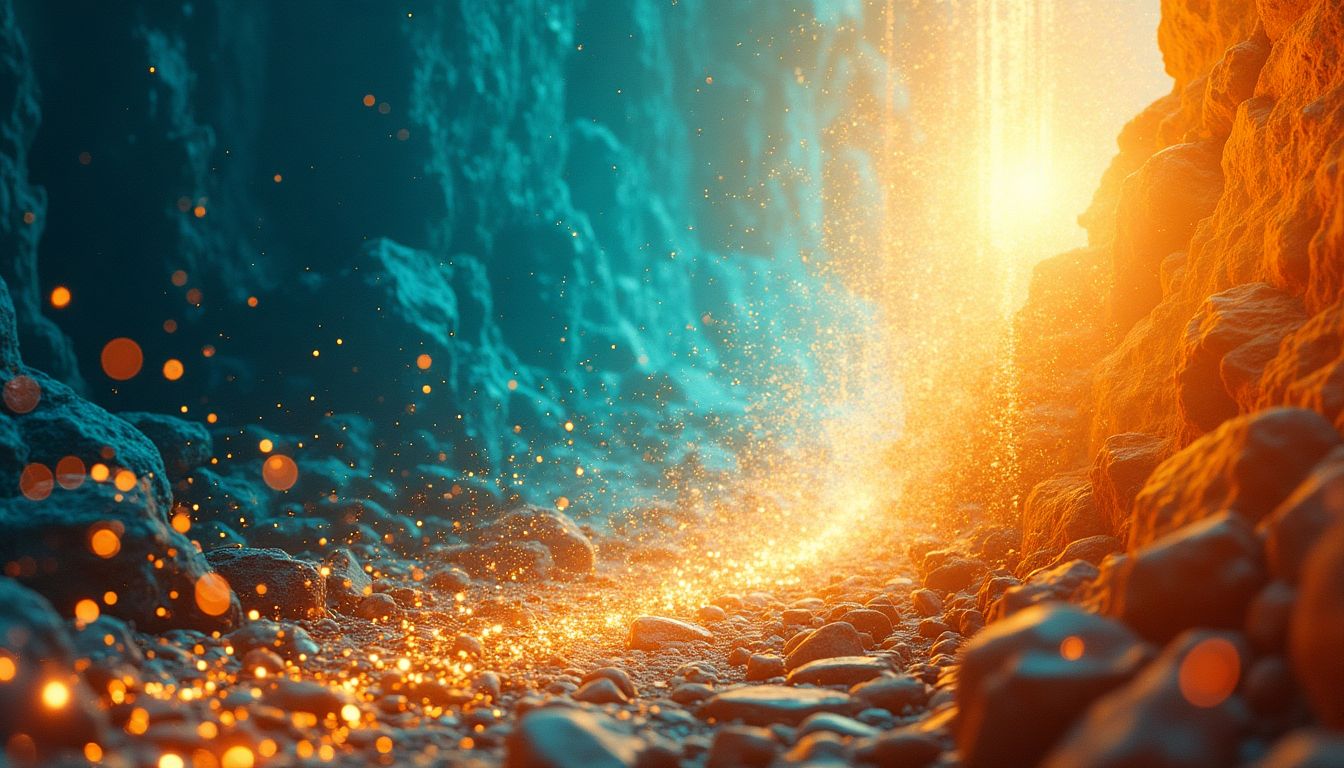
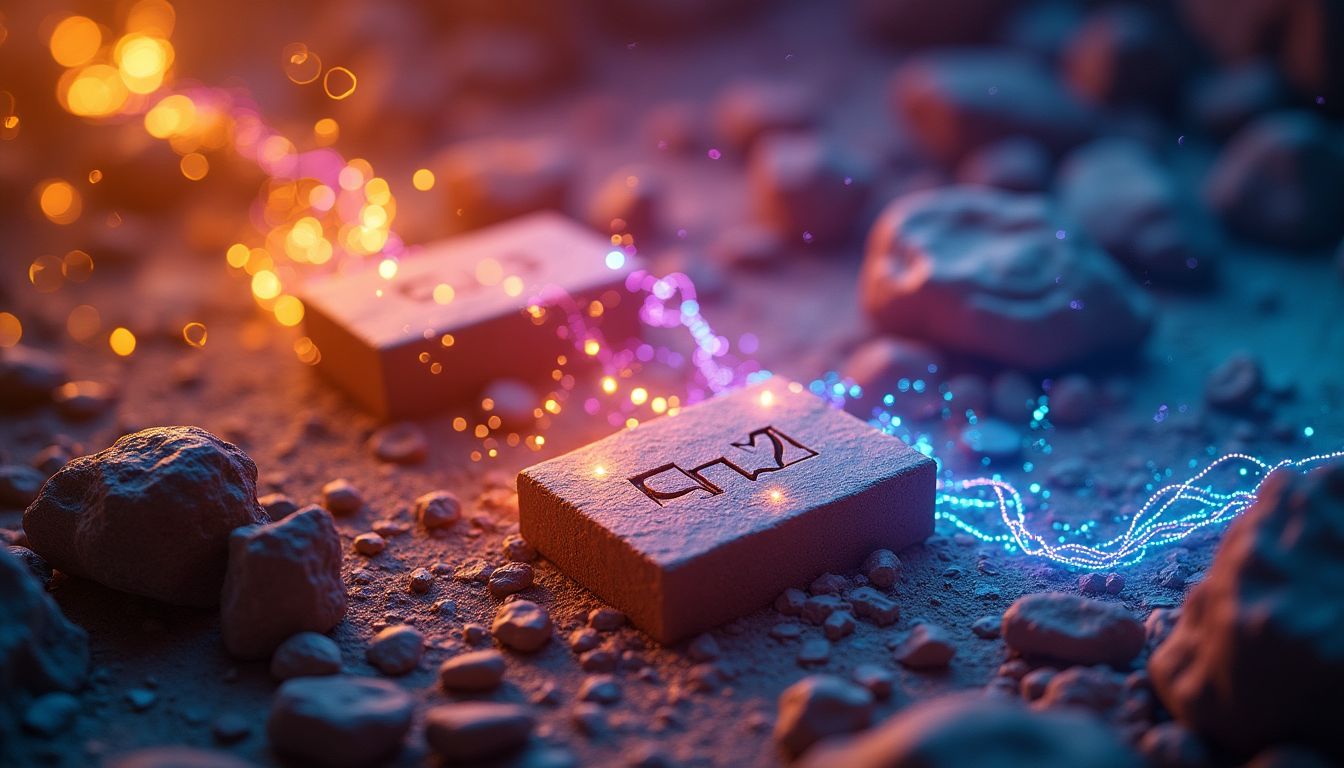
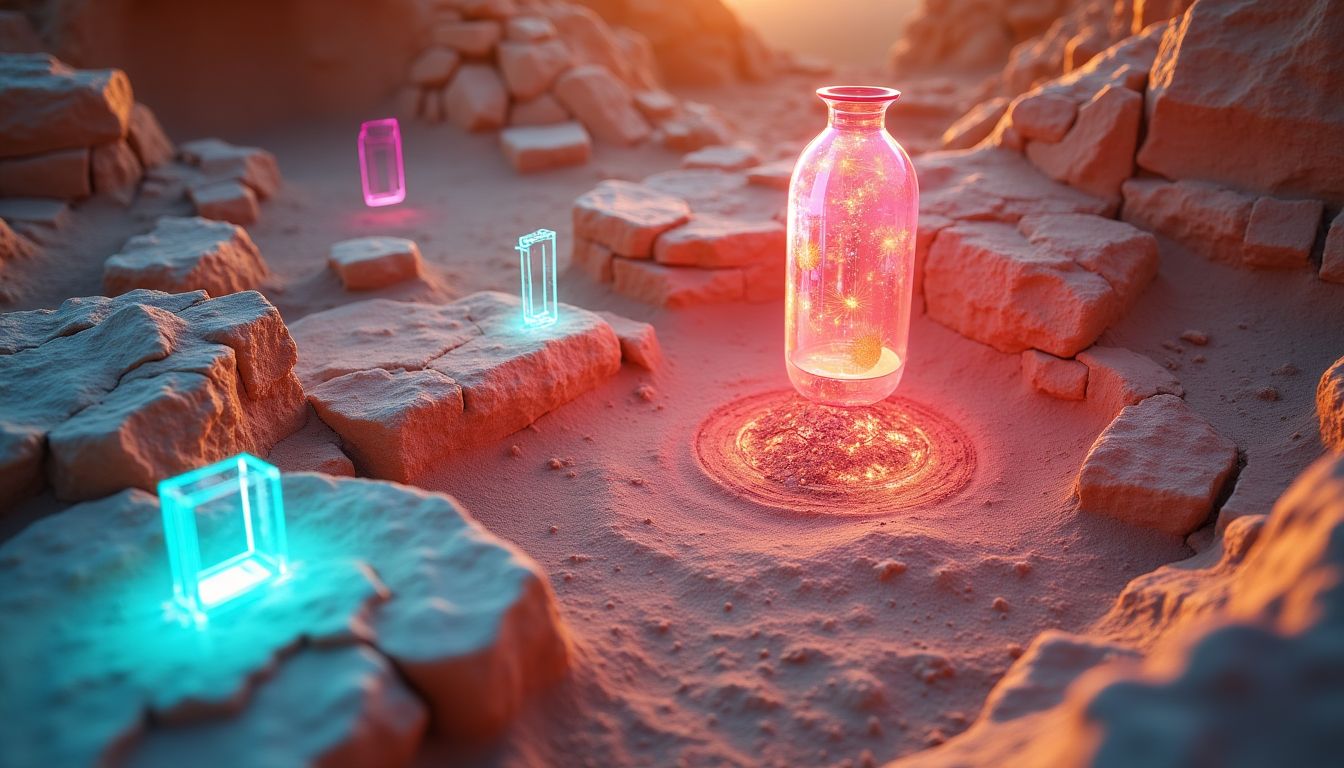
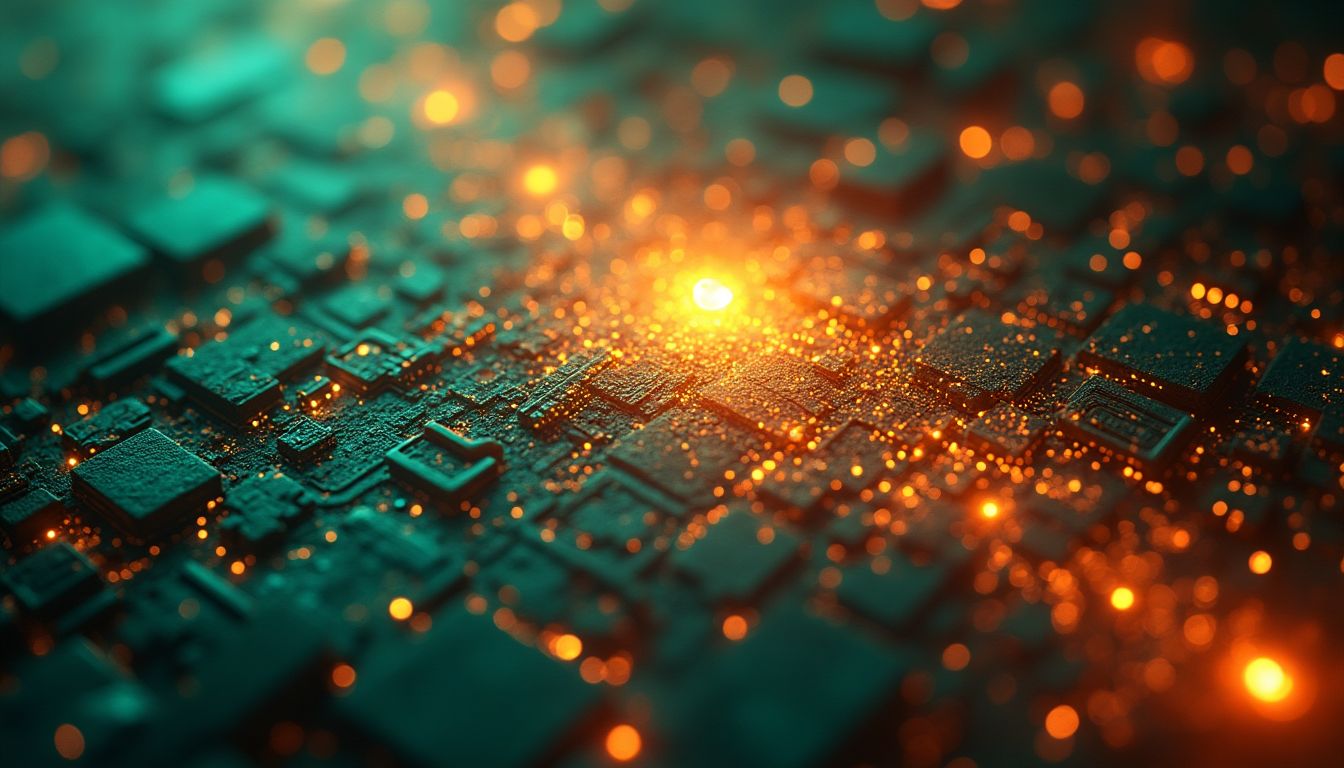



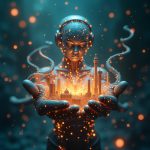




















Post Comment
You must be logged in to post a comment.